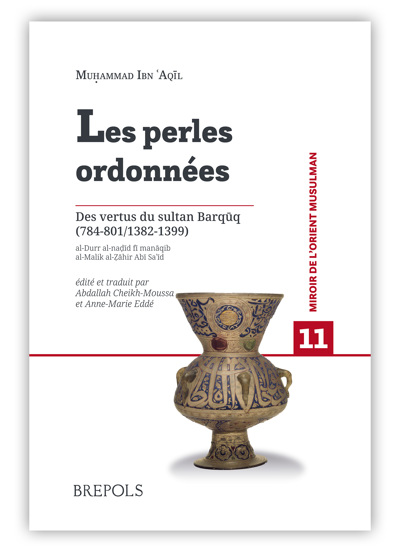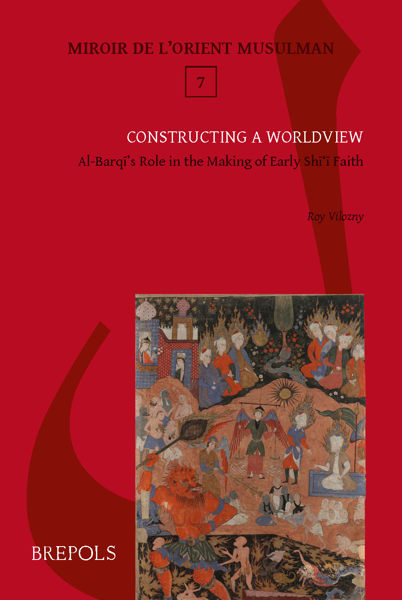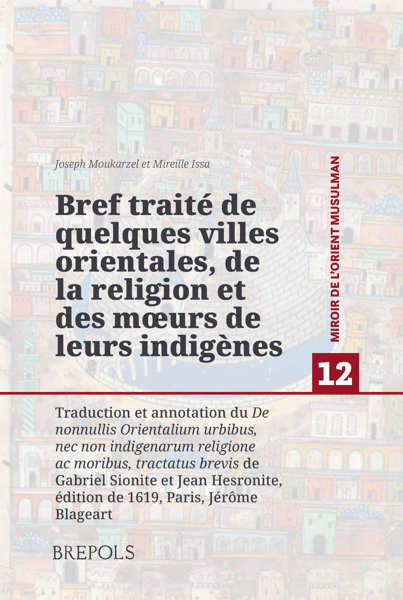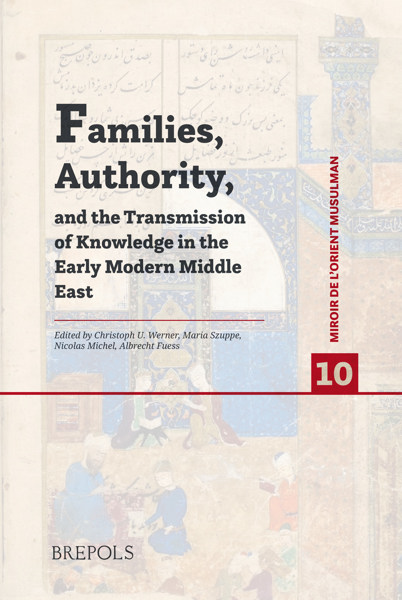
- Pages: 224 p.
- Size:156 x 234 mm
- Language(s):English
- Publication Year:2017
- € 70,00 EXCL. VAT RETAIL PRICE
- ISBN: 978-2-503-56090-8
- Paperback
- Available
- € 70,00 EXCL. VAT RETAIL PRICE
- ISBN: 978-2-503-57251-2
- E-book
- Available
Based on the earliest Shīʽī sources extant, this book seeks to portray the worldview of the Shīʽa prior to the crystallization of their beliefs and doctrines.
« (…) le riche contenu comblera les islamologues et historiens des religions. » (Daniel De Smet, dans le Bulletin critique des Annales islamologiques, 33, 2019, p. 9)
“This work is a salutary addition to the library on early Shiʿi hadith, which badly needs more studies that focus, as this one does, on individual books and authors in order to provide the field with greater precision in understanding developments in the intellectual content, style, and organization of early Shiʿi scholarship.” (Edmund Hayes, in Shii Studies Review, 6, 2022, p. 459)
Roy Vilozny, lecturer at the Department of Arabic Language and Literature at the University of Haifa, specializes in Shīʽī religious and intellectual thought in the pre-modern era with particular emphasis on the Imāmī-Shīʽī doctrinal and theological discourse during the 9th-11th centuries CE.
About a century before the four canonical books of the Shīʽa were composed, Aḥmad b. Muḥammad al-Barqī (d. 888 or 894 CE), a scholar from the city of Qum, compiled a large collection of Imāmī traditions embracing all aspects of religious life, from cosmogony and cosmology to the minutest details of daily life. This compilation, of which only ten percent has come down to us, forms one of the earliest Shīʽī texts extant, and is the basis for Vilozny's delineation of the Shīʽī worldview in this formative, pre-Twelver era. Shīʽī ideology, the author argues, did not grow in a vacuum but resulted from the fusion of Islamic Arab elements with pre-Islamic, mythic and gnostic traditions. The book discusses at length three fundamental notions which permeate every part of al-Barqī's work: the Shīʽa are God's elect; an eternal fierce battle is waged between good and evil on both the universal and individual levels; and the history of humankind, from before creation to the end of time, was predetermined by God. As shown by the author, the Shīʽī attempt to accommodate all three ideas within its world perception often resulted in glaring contradictions to which only partial solutions could be provided at the time.
Preface
Table of the 12 Imams
Part I: Background
Al-Barqī – Life and Work
Part II: Worldview
Election
Predestination and its Deterministic and Dualistic Implications
Part III: The Literary Genre: Two Unique Sub-books of Kitāb al-maḥāsin
The Numerical Organization of ḥadīth — a Rule and its Exceptions
Between Law and Doctrine — the ʿilal Genre
Final Thoughts
Bibliography
Index




